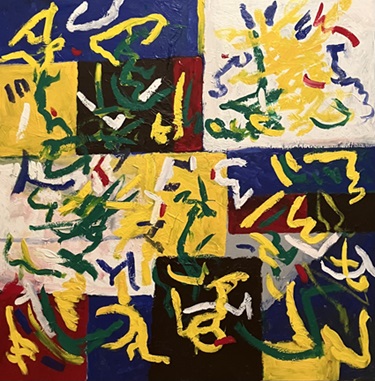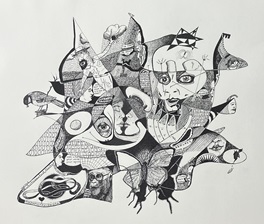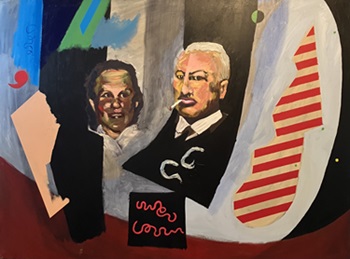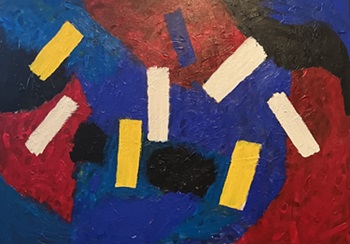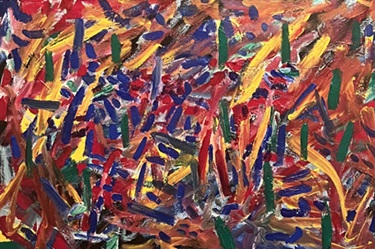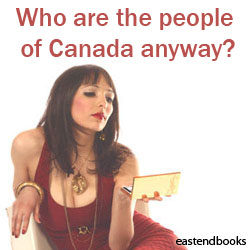In some ways Poilievre government in Ottawa different from Ford government in Ontario … in other ways the same ??
Aug 21st, 2024 | By Randall White | Category: In BriefRANDALL WHITE, ONTARIO TONITE, GANATSEKWYAGON, ON. WEDNESDAY, AUGUST 21, 2024. The impressively independent Ottawa journalist Dale Smith has argued for “resisting the sense of fatalism that [Conservative leader Pierre] Poilievre has already won the next election when it’s a year away and there is plenty of time for progressive voters to fight.”
In at least one sense I altogether agree with this sentiment. But there are nonetheless a few sides to current federal opinion polling in Canada that do trouble me.
The latest numbers reported by 338Canada, eg, show a little too much similarity between the Canadian federal scene and Ontario provincial politics.
And similar Ontario numbers have kept (and in the polls continue to keep) Conservative Doug Ford in the premier’s office, with considerably less than a democratic majority of the province-wide popular vote (and a record low voter turnout) in the 2022 Ontario election.
(1) It doesn’t take anything like a majority of popular vote to get strong majority of seats in parliament in “Westminster parliamentary democracy” today!
Just to put some numbers around the argument here, consider the 338Canada vote percentage polling averages for “Canada (federal) Updated August 18, 2024” and “Ontario Updated July 29, 2024” (the most recent data available as I write).
In both Canadian federal and Ontario provincial cases the Conservatives have 42% of the theoretical vote. In both federal and Ontario provincial cases as well the Liberals are six points ahead of the New Democrats. Federally the numbers are 24% Liberal and 18% NDP. Ontario provincially shows a similar enough 26% Liberal and 20% NDP.
On these same numbers the federal Liberals and New Democrats together (still ultimately officially governing via the Supply and Confidence Agreement of March 22, 2022) at least match the Conservatives 42% in current percentage popular support.
In the Ontario case the Liberals and New Democrats together represent a slightly larger large minority of the interested Ontario electorate than the governing Ford Nation Conservatives (46% Liberal-NDP vs 42% Conservative).
Yet in both Canadian federal and Ontario provincial real worlds of politics right now, the deeper truth (based on opinion polling) would seem to be that if Conservatives can manage as little as 42% (or even less) of the Canada-wide popular vote in the next election (fixed date October 20, 2025), they can govern with a quite comfortable majority of seats in parliament.
(O and btw see this same general principle at work to historically stunning effect in the recent UK election. Here Keir Starmer’s Labour Party won 65% of all the seats in the Mother of Parliaments with a mere 34% of the popular vote — in a universe where five political parties were more or less seriously competing. And at the moment five political parties also have seats in the Canadian House of Commons.)
(2) What Is To Be Done?
Linking the 2022 Liberal-NDP Supply and Confidence Agreement in Canadian federal politics with the (admittedly now very long ago) 1985 Liberal-NDP Accord in Ontario provincial politics, might lead some to think that these kinds of 2024 numbers in both Canadian federal and Ontario provincial politics point in co-operative directions.
Such broad progressive co-operation has recently proved fruitful in France. But (beyond the official federal Supply and Confidence Agreement) in Canada there seems nothing remotely like serious Liberal-NDP co-operation at the moment on Parliament Hill in Ottawa — or (still more so) at Queen’s Park in Toronto.
In both places there are even key current signs of aggressive (and bitter?) Liberal-NDP rivalry, with elections approaching even as much as a year and a year and a half away.
All this quite arguably does point to a Pierre Poilievre government in Ottawa as unimpressive as (or worse than) Doug Ford’s “Ford Nation Conservative” government at Queen’s Park — despite Dale Smiths’s wise argument for “resisting the sense of fatalism that Poilievre has already won the next election when it’s a year away and there is plenty of time for progressive voters to fight.”
And that finally raises the infamous Lenin’s still vital question What Is To Be Done? To which I myself have no answer right now. Beyond a firm conviction that one ought to be found …
The answer could be new Liberal leader Bonnie Crombie in the next Ontario election (fixed date June 4, 2026). The current 338Canada averages do have the Liberals somewhat ahead.
Yet … at least on the polling numbers right now, to say the Ottawa answer can only be some revived Justin Trudeau Mark IV may well be to fatalistically accept an unavoidable Pierre Poilievre future in Canadian federal politics …
And yet I also still think that Dale Smith … is onto something … It is not altogether impossible for Justin Trudeau to win a fourth straight election in the fall of 2025, unprecedented since Wilfrid Laurier in 1908 … with or without Jagmeet Singh …
